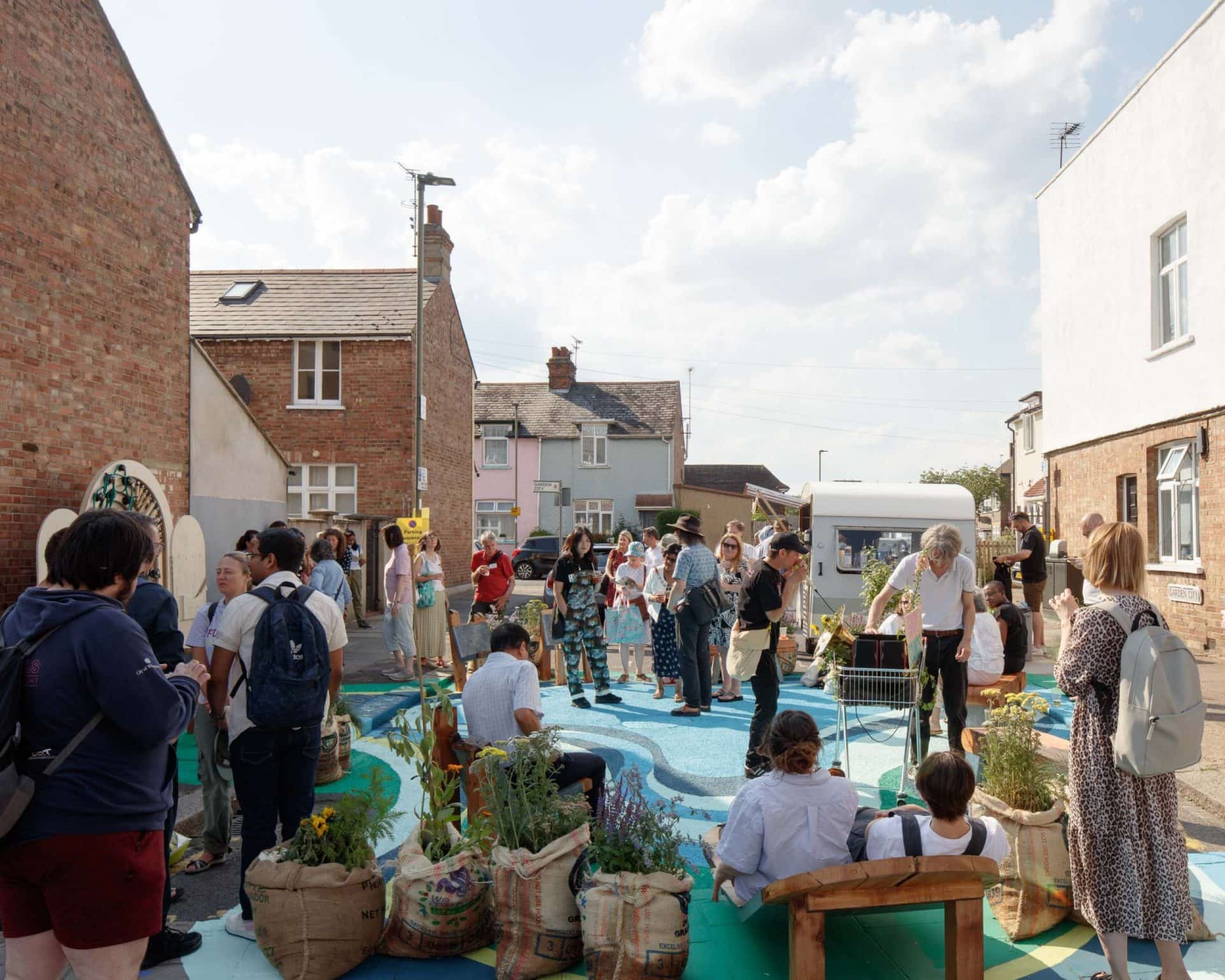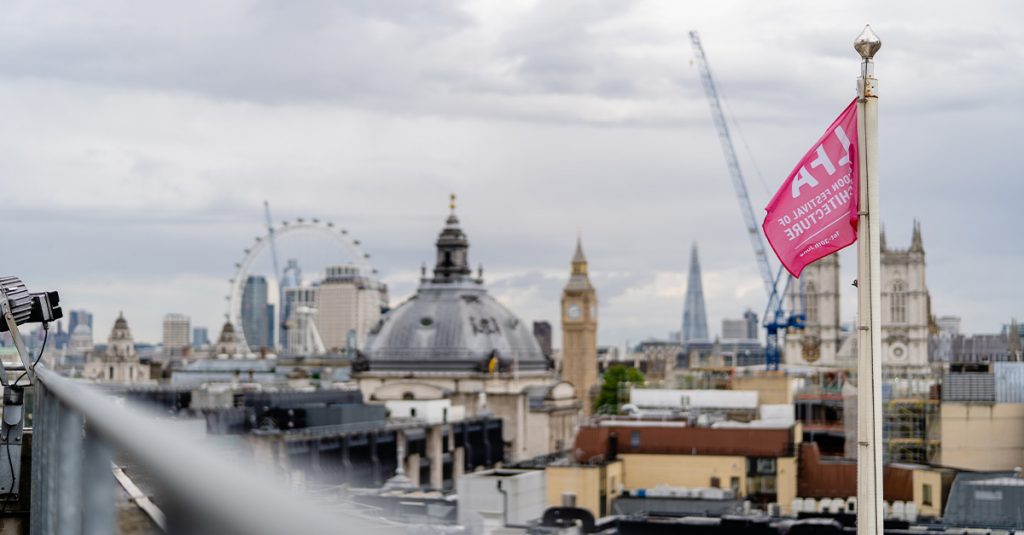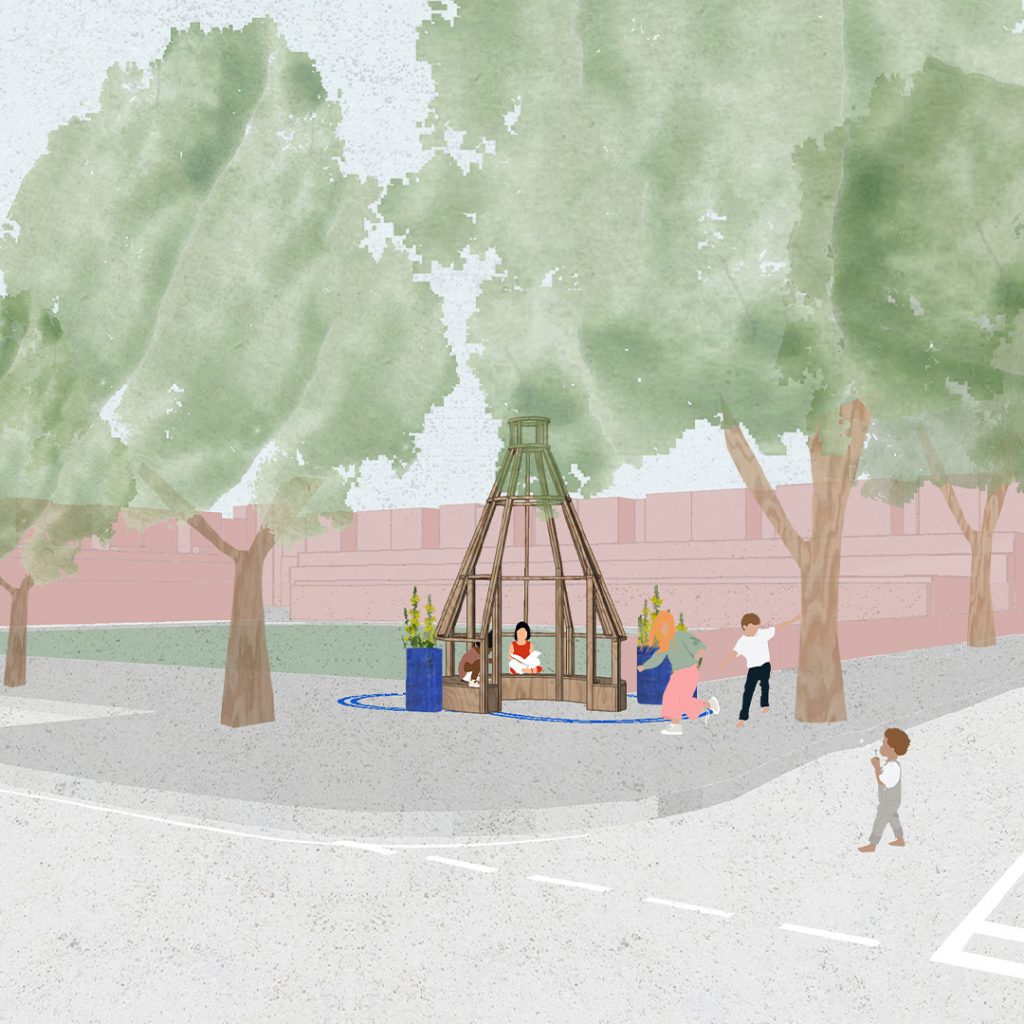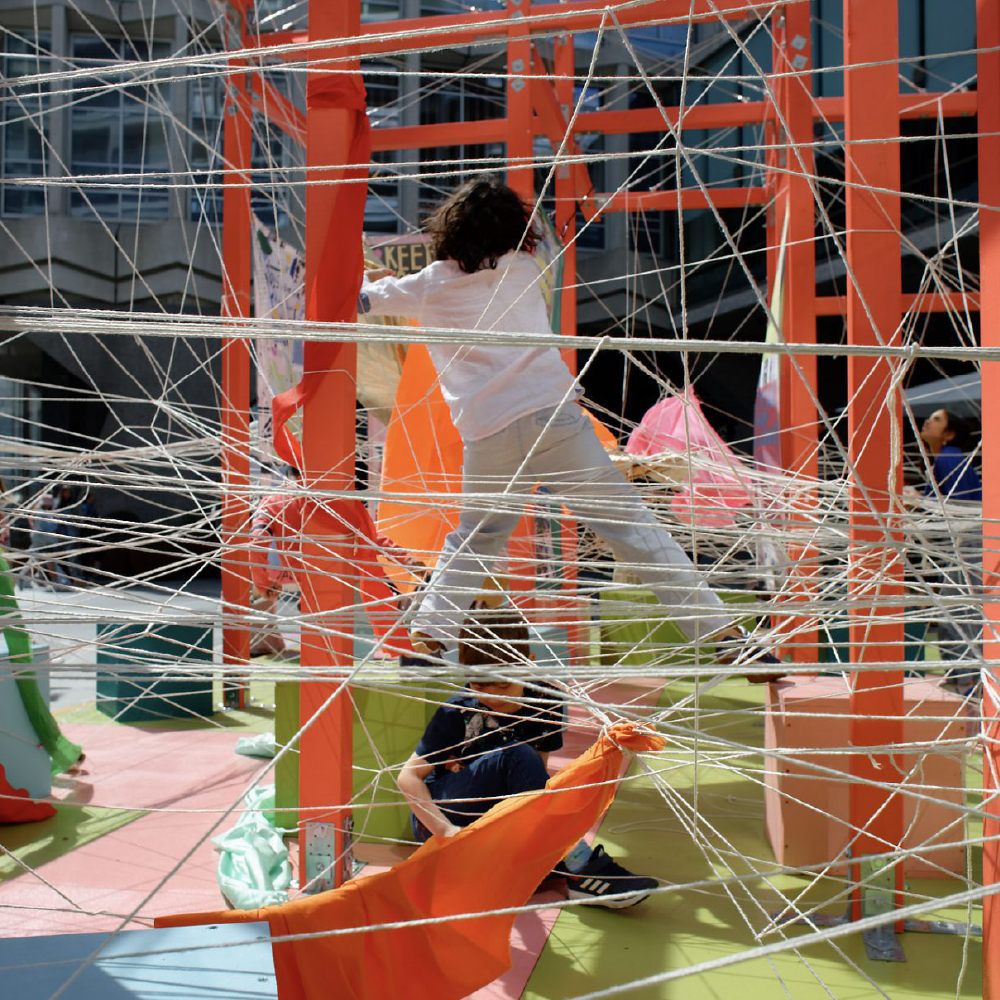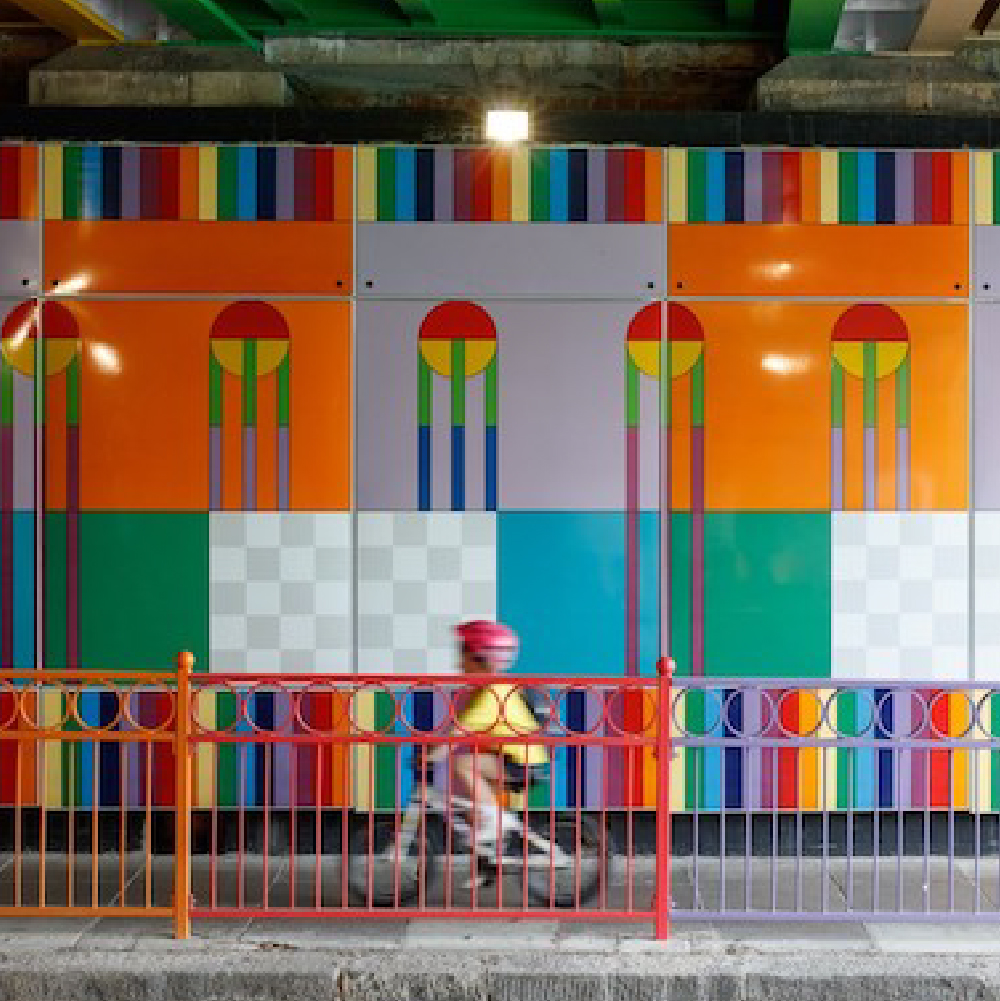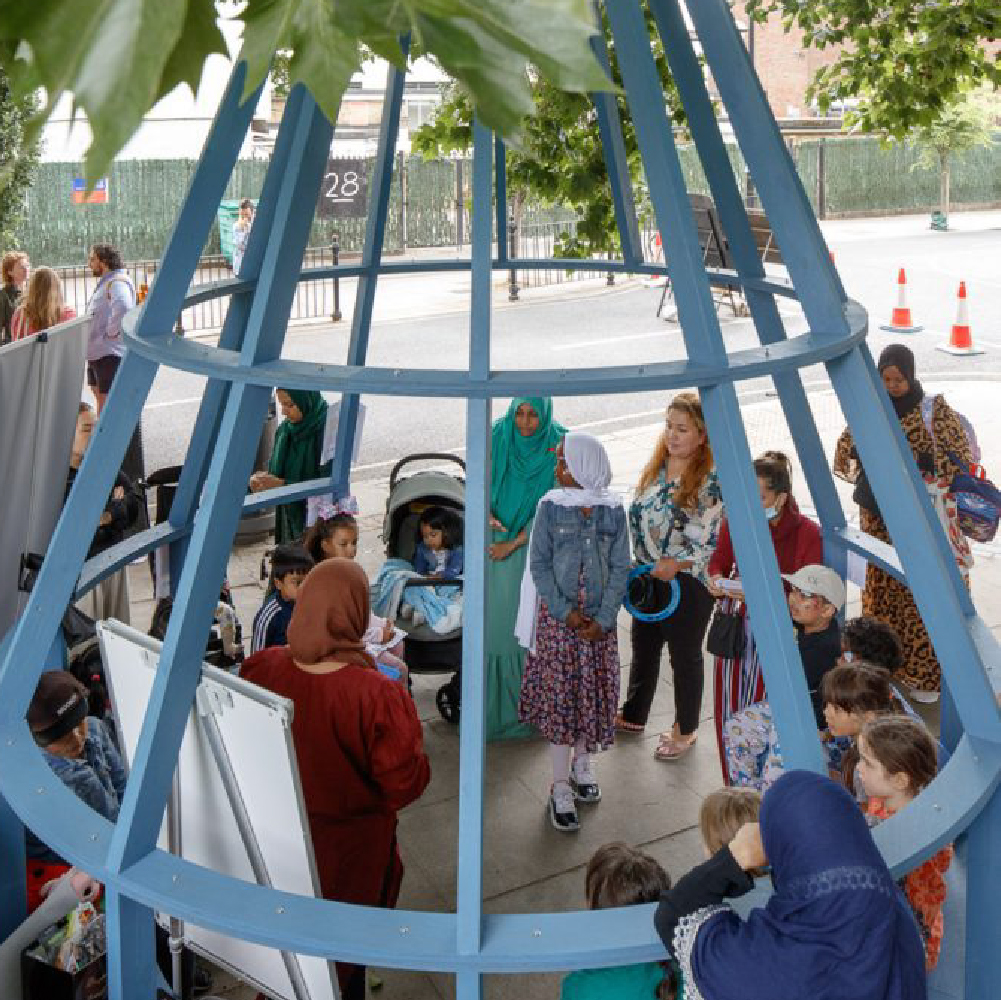
Battling past hordes of after work drinkers and summer sun seekers, I found myself in front of a beautifully gilded shop front, one of the many along the West End’s Sicilian Avenue. This was to be the setting for Hutchinson and Partners LFA event, Living Above the Shop.
The previously empty space has been commandeered throughout the festival for use as a pop up venue. It served as an ideal setting for a talk exploring the changing nature of the mixed-use building typology. Mixed-use has changed dramatically over the past few decades, as conditions of labour have changed, so have the way in which we inhabit our sprawling city. With urban density a hot topic and young professionals being priced out of inner city areas, how do we negotiate living and working within the capital?
To clarify our contemporary condition, the event looked way back to the Victorian era as the start of mixed-use buildings within our cities. Factories and shops both employing and accommodating their manual workers went hand in hand with the industrial boom in population, trade and power. While the Victorians had industry to change the lives and homes of London’s workers, the dawn of the Information Age has greatly impacted the public realm and building typologies of the 21stcentury. Shifting from the past to the present day, this is where mixed-use steps up as an interesting sector to consider.
The gig economy, info-workers and zero hours contracts have all shifted the relationship between living and working. All around us, the coffee shop, the living room and even the brewery have become spaces within our cities which shape our personal and work lives. Properly considering mixed-use greatly complements the huge shift in our urban paradigm. To allow the creativity which keeps London afloat, to thrive and flourish communal and co-working spaces and a reunification of the high street’s residential and retail spaces should be important factors in present day design strategies.
So what does the future hold? One thing is for certain, in our ever changing social and political landscape, the way we live and work within urban spaces is progressing quicker than ever. As an architectural community, we need to build spaces which are capable of change, that are permanent, not temporary and that move to work with the future of our cities, whatever that may be.
Lauren Hawkins – WilkinsonEyre

